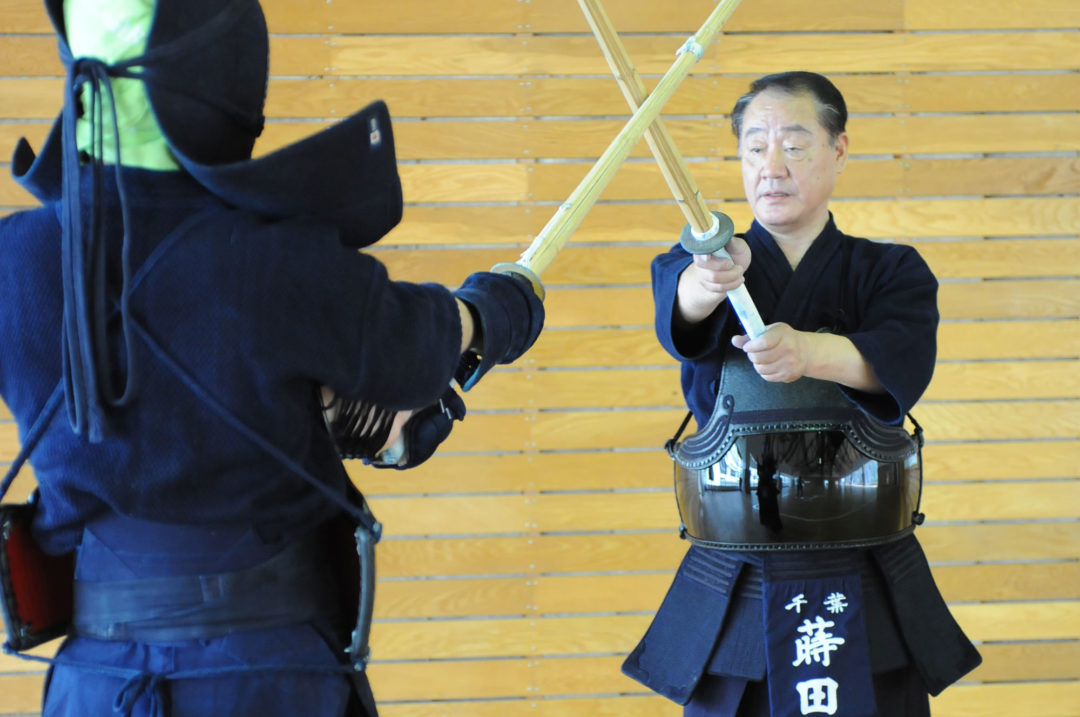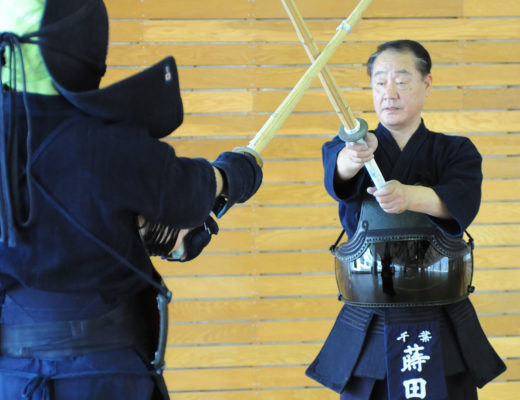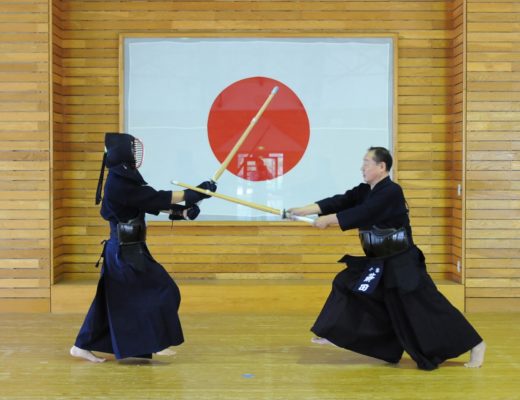2009.01 KENDOJIDAI
In 1984, Makita Minoru was hired by the International Budo University as an assistant professor at its opening. This university specializes in training Kendo instructors, and his students are active in the world of kendo in the Heisei era, including Teramoto Shoji (winner of the 55th All Japan Kendo Championship) and Wako Daisuke (runner-up in the 56th All Japan Kendo Championship).
As an athlete, he has also won the World Championship and won second place in the All Japan Kendo Federation’s 50th Anniversary 8th Dan Tournament. Makita Sensei will share with you his experience of teaching and competing in Kendo.
Part 1: The purpose of Kendo training
Part 2: Synchronizing Seme and striking
Part 3: Shikake-waza
Part 4: Oji-waza
Part 5: Benefits of Suburi for competitive scenarios
Part 6: Tips for Dan examinations
Makita Minoru, 8th Dan Kyoshi
Born in 1948 in Osaka Prefecture and went on to study at PL Gakuen High School and Tokai University. When the International Budo University opened in 1984, he became an assistant professor there. He participated in the WKC becoming the individual champion, took second place in the AJKF 8th Dan 50th Anniversary Championship and participated in the All Japan Championships, the Japan East West Tournament and the National Athletic Meet. He is currently the vice president of International Budo University and Kendo Club Instructor.
Acquire a sense for striking with the three-step Suburi
Suburi is one of the most important training methods in Kendo. In order to strike accurately, it is important to learn how to swing the Shinai correctly. Because it is a cornerstone of Kendo, it is important to practise it every day, even if only a little, regardless of age.
There are various types of Suburi, such as up and down, forward and reverse, diagonal, etc. I believe that it is important to keep to the basics. Once you have reached a certain level, it is effective to incorporate Suburi with an awareness of actual Kendo strikes. A strike consists of Kamae, initiation, striking, and Zanshin, and the Suburi should reflect this.
Also, if your goal is to improve your physical strength, squatting Suburi and jumping Suburi are effective. I will explain these methods later, but I think that these two approaches are effective for solo practice: the three-step Shomen Suburi which approaches the reality of actual duels, and the squatting and jumping Suburi to improve physical strength in Kendo.
Three steps to get closer to Ippon
The first step is to make a big swing with the Shinai and as soon as the right foot touches the floor, swing the Shinai down while retracting the left foot. This is a common forward swing. At this point, there are two ways to swing up the Shinai, one is to stop the swing at about 45 degrees, and the other is to go further back to horizontal position. If your goal is to soften your shoulders, it is better to go horizontal. By doing so, you will be forced to use your shoulders more.
Next, swing up the Shinai while stepping forward with the right foot and swing down twhile retracting the left foot. This is the most common way to do Suburi. What is important to note is that you swing down while retracting your left foot. However, since actual striking in Kendo is done with the right foot forward, we can take this practice to the next level by swinging up with the right foot moving forward, and then swinging down as soon as the right foot touches the floor.
When I do this, I pay attention to the following three points.
The rest of this article is only available for Kendo Jidai International subscribers!





